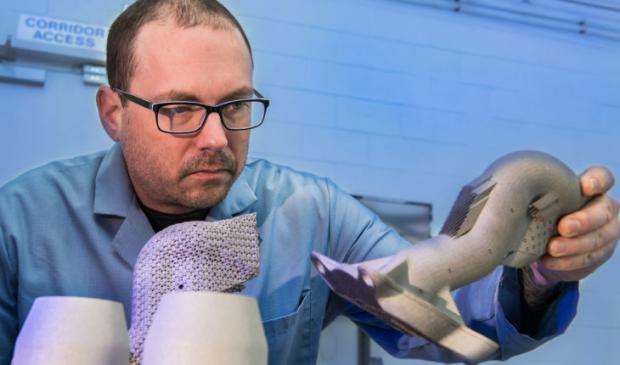
Breaking News
 The #1 Most Dangerous Fat in the World!
The #1 Most Dangerous Fat in the World!
 Is $140K the New Poverty Line? Is This the End of America's Middle Class?
Is $140K the New Poverty Line? Is This the End of America's Middle Class?
 Here Are the NEWLY RELEASED Epstein Images Tied to Powerful Democrats
Here Are the NEWLY RELEASED Epstein Images Tied to Powerful Democrats
 Joe Biden Still Struggling to Raise Money for Presidential Library – No New Donations...
Joe Biden Still Struggling to Raise Money for Presidential Library – No New Donations...
Top Tech News
 This tiny dev board is packed with features for ambitious makers
This tiny dev board is packed with features for ambitious makers
 Scientists Discover Gel to Regrow Tooth Enamel
Scientists Discover Gel to Regrow Tooth Enamel
 Vitamin C and Dandelion Root Killing Cancer Cells -- as Former CDC Director Calls for COVID-19...
Vitamin C and Dandelion Root Killing Cancer Cells -- as Former CDC Director Calls for COVID-19...
 Galactic Brain: US firm plans space-based data centers, power grid to challenge China
Galactic Brain: US firm plans space-based data centers, power grid to challenge China
 A microbial cleanup for glyphosate just earned a patent. Here's why that matters
A microbial cleanup for glyphosate just earned a patent. Here's why that matters
 Japan Breaks Internet Speed Record with 5 Million Times Faster Data Transfer
Japan Breaks Internet Speed Record with 5 Million Times Faster Data Transfer
 Advanced Propulsion Resources Part 1 of 2
Advanced Propulsion Resources Part 1 of 2
 PulsarFusion a forward-thinking UK aerospace company, is pushing the boundaries of space travel...
PulsarFusion a forward-thinking UK aerospace company, is pushing the boundaries of space travel...
 Dinky little laser box throws big-screen entertainment from inches away
Dinky little laser box throws big-screen entertainment from inches away
 'World's first' sodium-ion flashlight shines bright even at -40 ºF
'World's first' sodium-ion flashlight shines bright even at -40 ºF
Stronger Steel Parts for Improved Weapons and Military Supply Chain

Printed parts could become the standard for future systems with superior capabilities.
Above -Army researcher Dr. Brandon McWilliams, holds a sample 3D metal printed part. Photo via the U.S. Army/ David McNally.
Additive manufacturing cuts back the weight of certain parts which can increase the range, blast size, and guidance technology of future munitions. This capability is being pioneered for the Long Range Precision Fire (LRPF) rocket, missile, and artillery rounds that fire at longer distances.
New lighter-weight printed parts can be used to rearrange the explosive components of a missile and increase overall lethality.
Enhanced 3D printing capabilities is using a specialized steel alloy powder called AF-96. AF-96 was developed by the U.S. Air Force for bunker-busting bomb applications.
The metal printer's laser carefully melts the powder into a pattern. Then the printer overlays the powder onto the build plate and repeats the process until the part is complete. The microstructure can create more alloys that will work better and have a lower cost. Expensive cobalt and tungsten are not needed.



